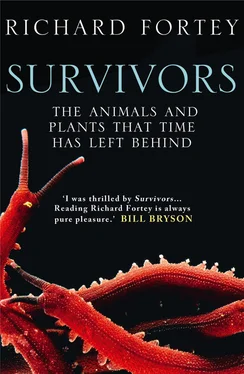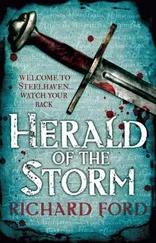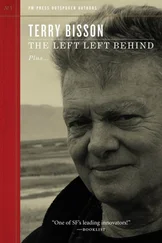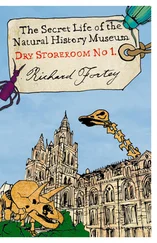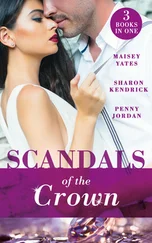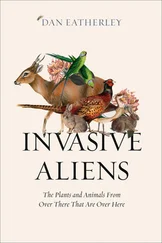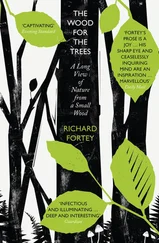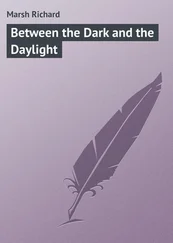This discovery was made in 1956 by Fred Bang of the Marine Biological Laboratory at Woods Hole. He noticed how Limulus blood clotted dramatically when infected by a particular bacterium. Subsequent research showed that the crab’s blood had an extraordinary sensitivity to a vast range of micro-organisms that are found almost everywhere in nature – known as gram-negative bacteria. A few cubic centimetres of seawater may contain hundreds of thousands of these tiny organisms. Since some of these bacteria are also agents of disease in humans, this property was of immediate interest. It seems that a hypersensitivity to microbial enemies helps to protect the crabs in their natural habitat – as soon as the bacteria enter a wound their defences were up. Limulus has a very diffuse blood system compared with ours, with the interior of the animal bathed in blood, and lacking the defined circulation of veins, arteries, and capillaries we are used to in humans and other vertebrates. In horseshoe crabs the job of defending the works of the animal is given to one type of protective cell, the amoebocyte, which contains a mass of granules capable of promoting clotting. When a gram-negative bacterium is in its vicinity an amoebocyte will react by rupturing and then the granules are released. A clot follows and the infection is sealed off. Now we know why dented and holed crabs can totter on regardless. They have had hundreds of millions of years to come up with an effective response to some of their most dangerous and invisible enemies.
Twelve years later in 1968, Bang and his colleague Jack Levin had managed to prepare and extract the active principle ‘Limulus amoebocyte lysate’ (known as LAL) that clots human blood plasma when exposed to gram-negative bacteria. This is an extremely useful substance in medical diagnosis, readily used for the detection and measurement of the poisonous toxins (called endotoxins) belonging to the appropriate bacteria. Poisonous endotoxins are released into the host organism (you, me, or a horseshoe crab) when the bacterial cell wall ruptures. LAL is a highly sensitive chemical able to detect minute quantities of the offending substances. The LAL test is now widely applied, having been sold on to pharmaceutical companies for commercial manufacture. It has to be prepared close to the Limulus populations, but is then exported around the world. This means that there is a tremendous demand for the horseshoe crab’s blue blood. What had saved it from harm for millions of years now made it a desirable commodity.
The influence of this new industry has been the subject of some debate. Carl Shuster told me that recent estimates say that there may be as many as seventeen million adult crabs in the Bay. By 2003, some three million crabs were harvested for the pharmaceutical trade – an unsustainable quantity. The bird people were worried about the fate of the red knot and its fellow waders. Now the number has been reduced, and the technique for obtaining blood has been adapted so that it does not require the animals to be killed: they have become blood donors! Four companies have the right to what is called ‘bleed and release’, and this method has been applied to some 600,000 crabs per annum. Maybe it is possible to get the LAL and not threaten the horseshoe crabs, after all. Meanwhile, some ornithologists are sceptical, and feel that the companies, as beneficiaries of the local species, should put something back into safeguarding the regional marine habitat for the benefit of all parties, crabs included. Given the long time taken for the crabs to reach sexual maturity there is always a lag before the effects of a population slide can be observed when the summer high tide hits the beach. But there are certainly some very vigilant people on the case.
There was another threat to the welfare of the horseshoe crabs. They were harvested in great numbers to use as bait to catch the giant marine snail or whelk, known up and down the Atlantic coast as conch (Busycon). Big, pinkish conch shells are a familiar item in every seaside knick-knack shop; put to the ear they allow the listener to ‘hear the sea’. Roadside stalls sell the shells for a modest price in the small villages around Delaware Bay. The molluscs inside the shells have a loyal following among connoisseurs of seafood. The only time I tried them I found the flesh very tough. A crab split in two is a pungent treat for the big snails, however, and fishermen along the coast from Delaware to New Jersey are well aware of the power of this lure. The US Fisheries Commission limited the number of crabs to be used to 100,000 in New Jersey, and later introduced a moratorium, but some fishermen moved northwards to Massachusetts or even Maine (the northern limit of the crabs’ distribution) to continue their trade. A method of sustainable fishing must be worked out, and there are hopeful signs. On Delaware Bay, for example, the use of a different kind of trap employing mesh bags has cut bait use by 50 per cent. One cannot help feeling that the horseshoe crabs deserve to prosper unhindered. There may seem to be endless crowds of them jostling for a space on the sand, but the example of the American passenger pigeon comes to mind: countless millions of the birds were slaughtered in the nineteenth century until the species finally became officially extinct in 1914. How dreadful to contemplate the thought that an animal that has survived in readily recognisable form from the early days of the dinosaurs might become extinct in the cause of being a special garnish on a plate of fruits de mer. It is fortunate that its blue blood is so valuable.
Limulus polyphemus is not alone. There are three additional, Asian species of living horseshoe crabs, but none of them can be found in anything like the profusion of the North American form. Tachypleus tridentatus has been given protected status in Japan, where it lives on the Seto Inland Sea. Its shallow-water habitat there is under threat, and increasing industrialisation on the Seto Sea seems unlikely to spare it. Various attempts have been made to conserve the crab, but none of them has solved the problem of making this ancient animal at home in the modern world. Nonetheless, it has an important place in Japanese history, as its form is believed to have inspired classical samurai masks, and brave warriors were supposed to be reborn in the guise of horseshoe crabs. The contemporary artist Takeshi Yamada has made a modern interpretation of masks based upon the ancient icon. A related species, Tachypleus gigas, is fairly widespread in eastern Asia. I saw the fourth species, Carcinoscorpius rotundicaudatus, while I was on fieldwork in Thailand more than a decade ago. As its second, species name would indicate to those with a smattering of Latin, this particular type has a rounded tail spike compared with other horseshoe crabs. When I first set eyes upon Tachypleus, the poor crab was in one of those tanks in a restaurant where delicacies are displayed before consumption, along with several sad-eyed fishes and a dying lobster. I was puzzled by what there could possibly be to eat on the horseshoe crab, because I knew from dissecting its American relatives that they are not exactly meaty. If the species in the tank was indeed a relative of trilobites this might be my first and last chance to taste something resembling my own speciality. When the cooked item finally arrived I felt a twinge of conscience, for it transpired that large, yolky eggs hidden under the head-shield provided the delicacy, which was only available while the gravid females came inshore. I felt that I was consuming the next generation just to satisfy my curiosity. The eggs came served in a thin sauce on a mountain of noodles. They had a rather overwhelming rancid-fishy taste; I am not anxious to repeat the experience.
2. A growth series of juvenile Tachypleus tridentatus, the Asian species of horseshoe crab, collected from tide strand lines in Deep Bay estuary, Hong Kong. (The scale is a 15 cm/6 in ruler.)
Читать дальше
